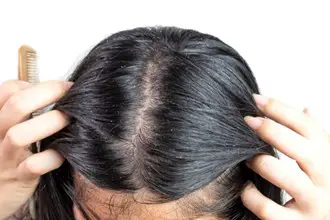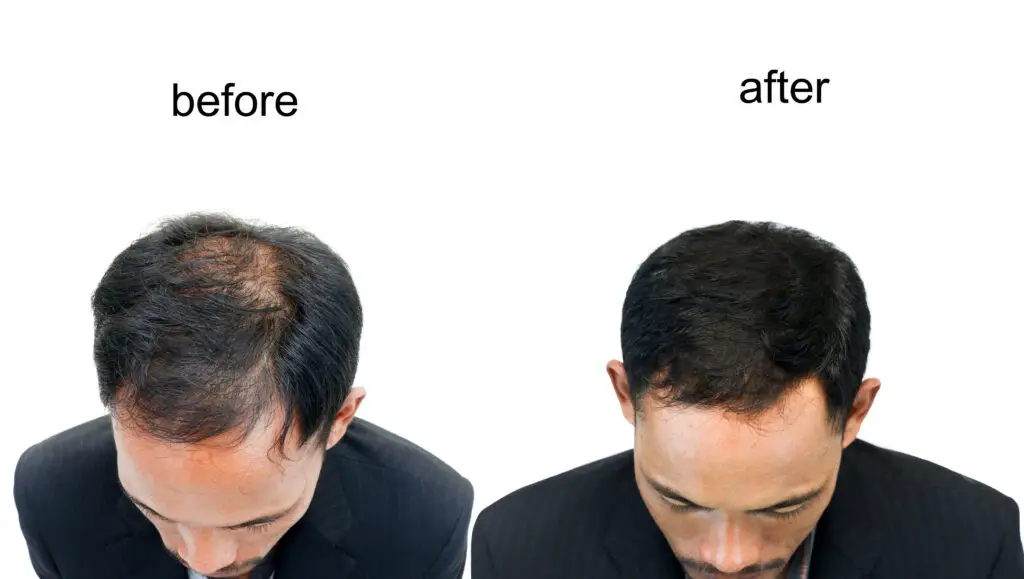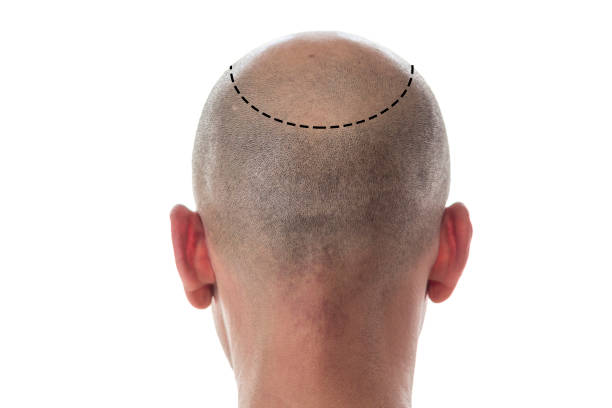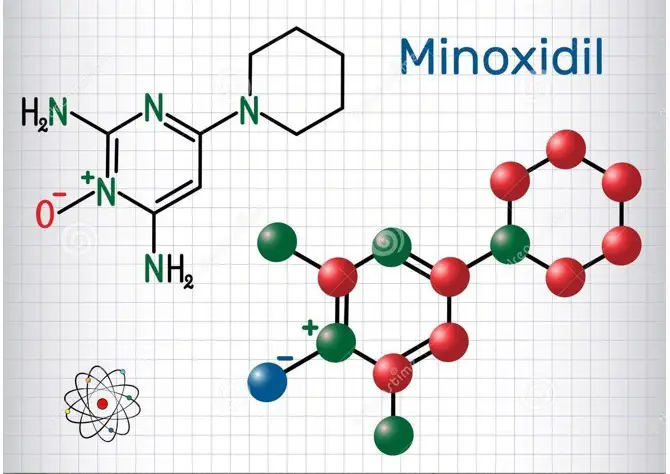Minoxidil Tretinoin is a derivative of vitamin A; used by dermatologists in the treatment of mild to moderate acne and in the treatment of skin that has been damaged by excessive sun exposure. There are two treatment forms of retinoic acid that have been developed; all-trans-retinoic acid and the 9-cis retinoic acid.
Topical Tretinoin can be used to help enhance the effects of Minoxidil in the treatment of balding / hair loss because retinoic acid regulates the growth and differentiation of epithelial cells.
There is some evidence that Tretinoin (0.025%) in combination with how Minoxidil works (0.5%) promotes hair growth in men with pattern baldness, although Tretinoin alone does not act as a significant hair growth stimulant. The alteration effect of Tretinoin to the horny outer layer of the epidermis called the stratum corneum promotes the absorption of Minoxidil, thus enhancing its effects.
Role of the Topical Tretinoin Minoxidil
The action of Tretinoin is a biologic response modifier; a potent cell mitogen that promotes and regulates the growth and differentiation of the epithelial cells. It also promotes the formation of new blood vessels – angiogenesis and increases percutaneous absorption by affecting the fluidity and the lipid composition of cell membranes.
Topical Tretinoin seemingly increases the beneficial effects of Minoxidil in inducing hair regrowth by stimulating the growth of suboptimal hairs. In the treatment of baldness, topical Tretinoin acts synergistically with Minoxidil to produce denser hair re-growth than either compound can produce alone.
Efficacy and Clinical Trials on Topical Tretinoin and Minoxidil Combination
The research was done in hairless, retinol (vitamin A)-deficient gerbils have shown that Topical Tretinoin can induce hair growth. Moreover, only all-trans-retinoic acid and 9-cis retinoic acid are effective in inducing hair growth, as found in similar studies in mice. Although reports of the combined effect of topical Tretinoin and Minoxidil in humans are also available; however, it requires verification by larger controlled studies.
- A combination solution of 0.025% Tretinoin and 0.5% Minoxidil formulated using generic powder forms showed some hair re-growth on men with pattern baldness treated 1 to 2 years, a small study found out.
- One study on male pattern baldness on 36 men subjects treated with a topical mixture of 0.025% Tretinoin and 0.5% Minoxidil mL twice daily for a mean of 8 to 10 months found out that 44 percent (16 of 36) of the subjects had a “good” (2:46 percent increase in target area hairs) response to therapy. Results were compared with a “good” response in 2 of 12 (16 percent) subjects on 0.025% topical Tretinoin alone, none of 3 on placebo, and none of 3 on 0.5% topical Minoxidil alone.
- Absorption of 1mL of 2% topical Minoxidil almost tripled when Tretinoin 0.05% cream was co-administered once-daily vs. 1.3 fold with placebo as found by the study of Ferry and colleagues.
- Another study in men with male pattern baldness compared once-daily topical application of 0.05% Tretinoin and once-daily 2% Minoxidil with twice-daily application of 2% topical Minoxidil solution. Results found out that the combined use of the two drugs showed a slight, but not statistically significant, increase in effectiveness over the use of Minoxidil alone. Moreover, blood levels did increase with the concomitant use of Tretinoin.
The manufactured formulations of Tretinoin (Retin-A®) and Minoxidil (Rogaine®), however, are incompatible and become ineffective if compounded in one formulation. Before the two can be combined, they must be first mixed while in their generic powder forms or be applied as separate treatments. Rogaine® must be applied every morning and night, Retin-A® during the day. However, the skin irritation caused by the Tretinoin and the need for an extra application during the day is discouraging wide acceptability.
Clinical Minoxidil Tretinoin Side Effects
Potential topical Tretinoin side effects are irritation and photosensitivity; the potential side effects of Minoxidil should also be considered as it is combined with Tretinoin. Moreover, concerns about increased irritation, possible systemic absorption of the drug, and difficulties related to the use of both agents together lead to the limited usage of this line of treatment.
- AI Powered Bald Filter Online 2024: See Yourself with No Hair! - January 19, 2024
- Harklinikken Bad Reviews 2024: Analyzing Negative Feedbacks - January 18, 2024
- How to Get the Alex Eubank Hair | Step-By-Step Tutorial 2024 - January 18, 2024






